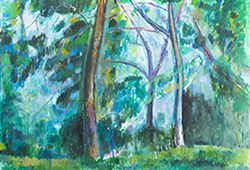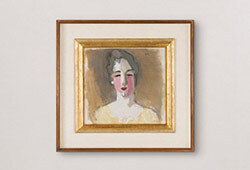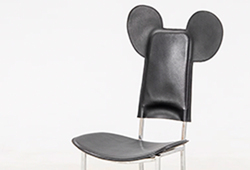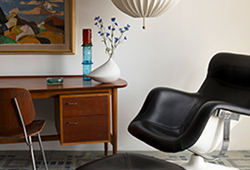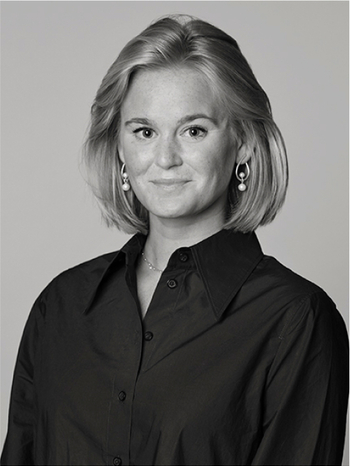Evert Lundquist
"Krukan"
Signed Evert Lundquist and dated 1978 verso. Canvas 116 x 104.5 cm.
Exhibitions
Lars Bohman Gallery, "Evert Lundquist", 18 June - 26 July, 2014.
More information
"I see the 1970s and the early 1980s as a time of summation in my art. After completing my teaching activities, I was able to continue my work in the studio with increased intensity and concentration, while the external events in my life decreased in scope and significance." Thus writes Evert Lundquist in his notes about the period in his painting life when the current painting, "The Pot," was created.
Lundquist debuted in 1934 at Konstnärshuset, but it took several exhibitions and more than 20 years until he achieved a major breakthrough with an exhibition at the Royal Academy of Fine Arts in 1957, where he was mentioned in the press as a "Swedish master of painting." During these years, he exhibited extensively in Sweden and by the end of the 1950s, he also opened the doors to an international career by exhibiting in Paris. This was followed by exhibitions in London, Milan, and New York, and in 1964, Lundquist was invited to participate in the extensive exhibition "54-64, Paintings & Sculptures of a Decade" organized by the Tate Gallery in London. Despite fine responses from critics and genuine interest from abroad, Lundquist chose to return to painting in Sweden, with his studio in Kanton at Drottningholm as his base. In 1960, he was appointed professor of painting at the Royal Institute of Art. His role was then somewhat of a painter's elder statesman, and he was a highly appreciated teacher. Lundquist himself placed great value on this time and he also writes that the contact with the students and the discussions they had were very significant for him.
Lundquist's painting is often described as based on a classical foundation, where colour and form are indivisibly the most important components. His almost violent brushwork and pastose colour treatment made him a distinctive and independent painter. His painting has been described as alternately expressive, searching, and "earthy." Perhaps Lundquist's strength lies in the entirely personal synthesis of opposites. His "monolithic" paintings, where the individual objects carry the entire works, radiate both strength and fragility, and it is not a long leap to see the paintings as a reflection of the deeply searching and sensitive soul that Lundquist was. In this meeting of restraint and expressiveness, of light and darkness, of earthiness and animation, Lundquist created paintings that vibrate with painterly nervousness.
"The Pot" was painted by Lundquist in 1978. In 1970, he had finished his teaching position at the Royal Institute of Art and, as described in the quote above, this allowed him to look inward and concentrate on his own work in the studio. The artist has worked with almost the entire palette to bring out the living surface of light and vibration. The light flows in from the side and the solitary vessel seems illuminated by a warm glow. Despite the centralization of the object, Lundquist has not created a pure still life; the painting's uniqueness lies in the blend of harshness and lyrical poetry that Lundquist was alone in bringing together. "The Pot" is a monumental painting by one of the 20th century's most distinctive and important painters.






